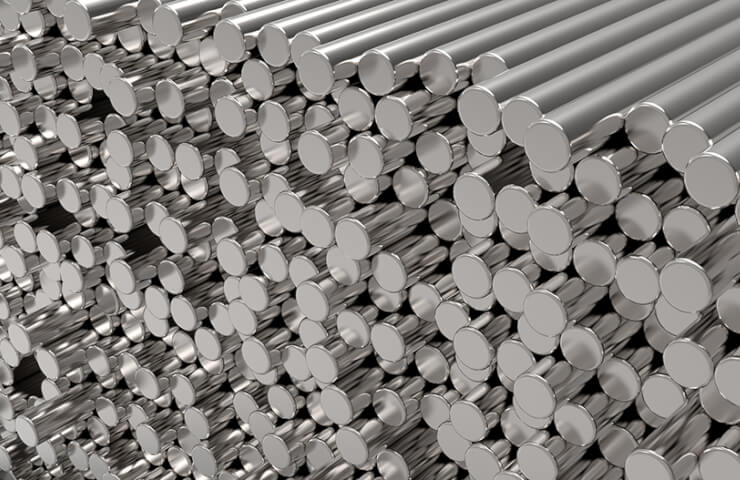They say that we are what each of us eats. To be honest, it probably is. Or here's another example: no matter how experienced, skillful and titled the coach of a football team, it is almost impossible to win any significant tournament without a decent squad. Something similar comes to mind when looking at the amazing performance characteristics of stainless steel. After all, such alloys owe their amazing anticorrosion resistance and other properties primarily to their chemical composition. In fact, today, in the production of stainless steel, it is possible to obtain metal with the parameters required for specific operating conditions. Alloying allows you to change the percentage of chemical elements that make up the alloy. So, using various additives, you can enhance the existing abilities or give the material new opportunities, for example:
- Make steel heat-resistant and heat-resistant.
- Make not be "afraid" of the impact of aggressive environments .
- To obtain a chemically inert alloy, which is indispensable in the food industry.
- To increase strength, which will allow the use of rolled steel and stainless steel products for the manufacture of reliable structural elements.
That is, in fact, it is possible, as in the designer, to set the necessary metal parameters for use in a particular industry or construction. For example, the same stainless pipe can become food, acid-resistant, heat-resistant or become a representative of one of the technical brands by the efforts of process engineers. Let's find out what chemical elements are included in the composition of stainless steel, and how ordinary carbon steel suddenly acquires such amazing properties.





